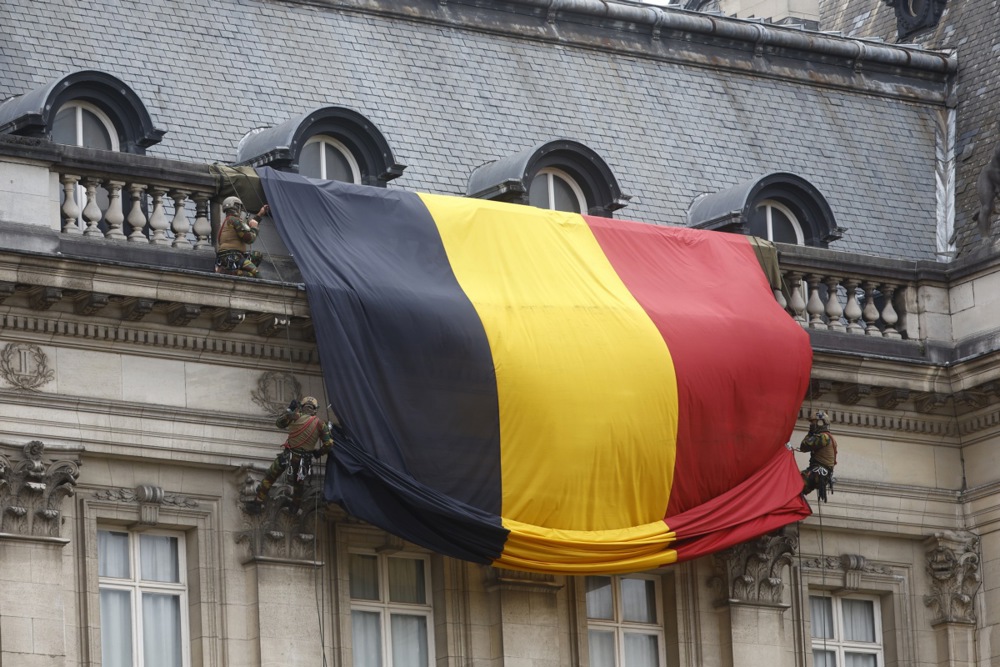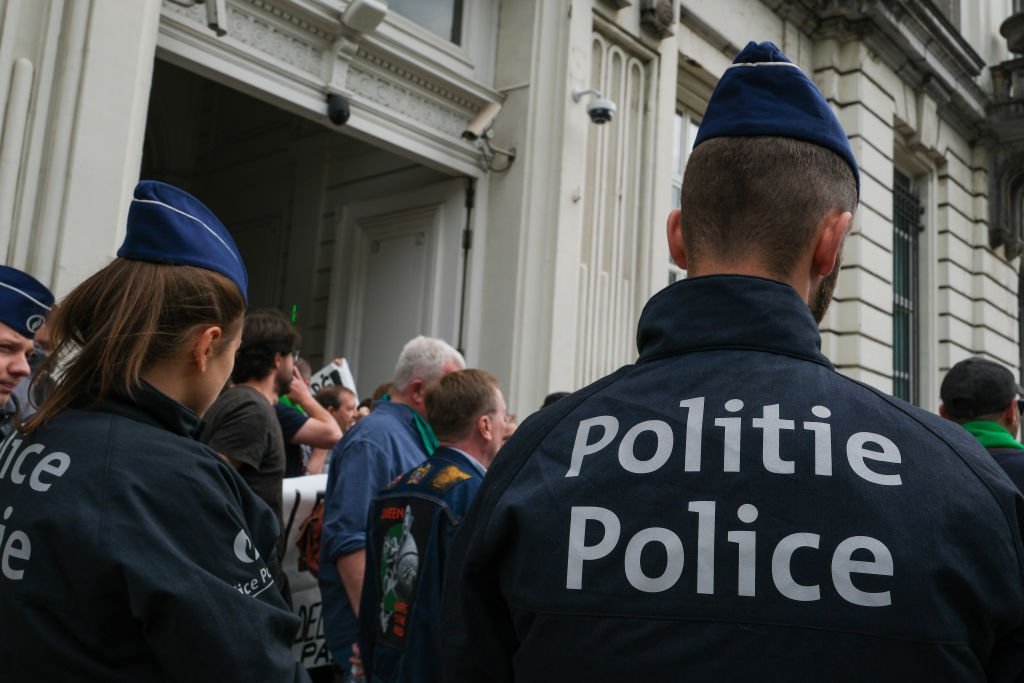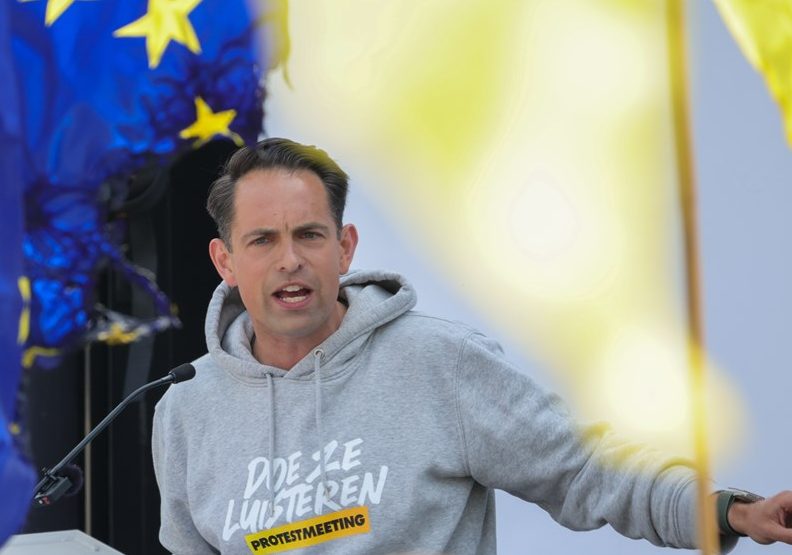Authorities in Brussels have spent €65,000 on rainbow-coloured zebra crossings designed “to raise awareness about inclusion” since 2019, a response to a Brussels parliament question has revealed.
Brussels-Capital Region road safety minister Elke Van den Brandt confirmed the figure in a statement showing that a total of 16 rainbow crossings have been installed on roads in the city.
“The objective is to raise awareness about inclusion and to show explicitly in a symbolic way that all inhabitants of Brussels may feel welcome in Brussels,” she said, adding that the locations for the crossings were chosen by the city’s cabinet and public works’ authority.
Van den Brandt also insisted that the crossings were safe to use, saying that the rainbow colours were equal to the “visual contrast of the white stripes” on standard crossings.
The minister also claimed that the rainbow versions had been installed at locations with pedestrian traffic lights, where additional aids for those with visual impairments are present.
Those claims have been challenged by Flemish nationalist party Vlaams Belang, with one politician representing the group attacking the installations as not only a “pure waste of money” for the Brussels taxpayer but also making roads in the city more “dangerous”.
“Rainbow patterns provide extra slipperiness on the road in rainy weather. They also confuse guide-dogs and visually impaired people,” Brussels-Capital representative Dominiek Lootens-Stael said in a statement seen by Brussels Signal.
“The roads in Brussels are in poor condition and already cause enough dangerous situations,” he added. “It would be better to invest in that [repair].”
The Vlaams Belang representative also queried Van den Brandt’s assertion that the crossings had been installed at places equipped with traffic lights.
“The most famous zebra crossing with rainbow colours is on Wetstraat in front of [the Belgian Senate],” Lootens-Stael remarked. “There are no lights or guidelines there, even though it is a regional road.”
It is far from the first time the rainbow crossings in Brussels have been criticised, with issues to do with their safety being a major sticking point.
Benoît Cerexhe, the mayor of Brussels’ Woluwe-Saint-Pierre municipality, lashed out at the city government after one rainbow crossing was installed in his local area.
“A pedestrian crossing has one and only one objective: to secure pedestrian crossings,” he said, insisting that such a purpose should never be “hijacked” by political ideals “no matter how noble they are”.
“As the passage is painted, it disturbs a number of people with vision problems [colourblindness, visual disabilities and so forth] as well as guide-dogs,” the mayor added.





